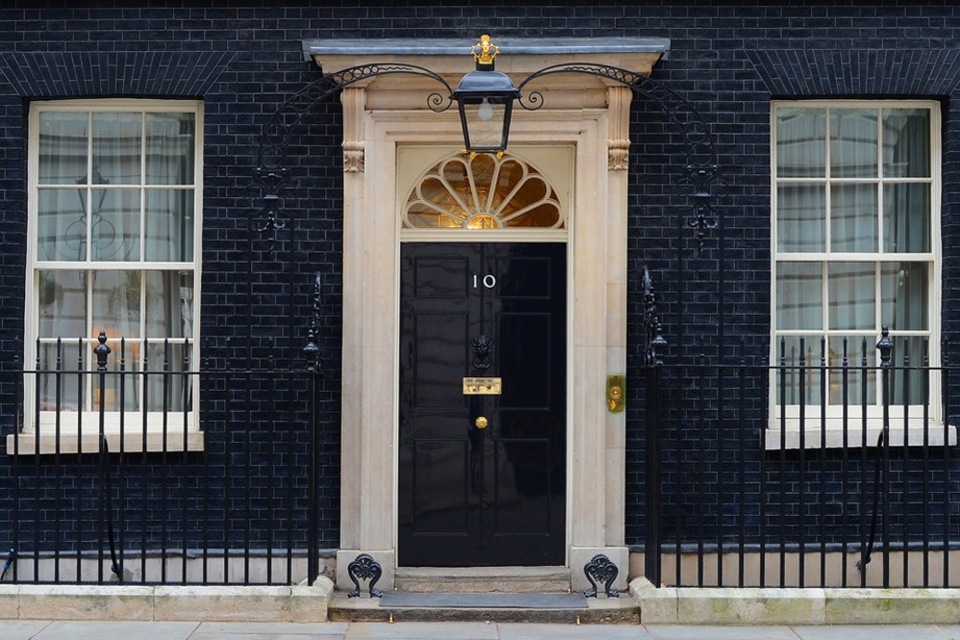What's On
The SFO today published its plan for the year ahead…
Going Out
The government has recently announced that the morning-after pillused to…
Reviews
Pub giant JD Wetherspoon has announced that he intends to…
Latest Articles
Premises and events will be better prepared to respond to attacks as landmark legislation known as Martyn’s Law…
Today (Thursday 3 April 2025) the Terrorism (Protection of Premises) Act 2025 – Martyn’s Law – has received…
I’d like to thank High Commissioner Volker Türk and Dr. Younes Al-Khatib for your sobering briefings. Our thoughts…
Business rates information letters are issued by the Ministry of Housing, Communities and Local Government at regular intervals…
Describing itself as ‘The Library of London History’ and owing a debt of gratitude to City philanthropist and…
The regulator for charities in England and Wales has opened a regulatory compliance case to examine concerns raised…
Having been the cause of ongoing travel disruptions for a fair few years now; the pesky escalators at…
With your permission Madam Deputy Speaker, I would like to make a statement on the United Kingdom’s economic…
In Spotlight
Following extensive public consultation, the Environment Agency has granted an…



































